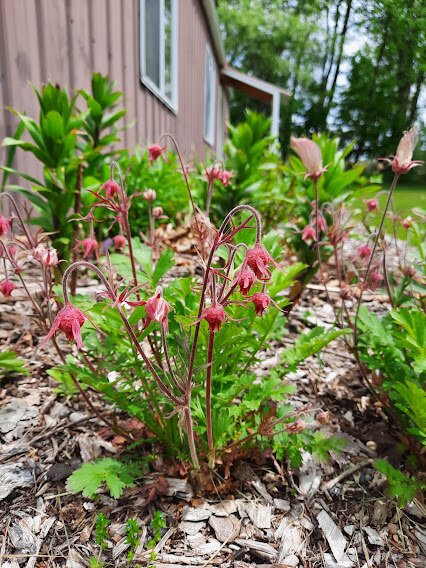Prairie Spiderwort (Tradescantia bracteata)
Prairie Spiderwort flowers attract native bees and it is a host plant for 2 species of butterflies and moths in our area (nwf.org). Prairie Spiderwort’s status is listed as Presumed extirpated (legally 'threatened' if rediscovered) in Michigan, so why not give this shorter and stouter variety a try (mnfi.anr.msu.edu). It can be a vigorous spreader in preferred locations, so take care when choosing a planting spot.
Photo credit: USFWS Mountain-Prairie
Prairie Spiderwort flowers attract native bees and it is a host plant for 2 species of butterflies and moths in our area (nwf.org). Prairie Spiderwort’s status is listed as Presumed extirpated (legally 'threatened' if rediscovered) in Michigan, so why not give this shorter and stouter variety a try (mnfi.anr.msu.edu). It can be a vigorous spreader in preferred locations, so take care when choosing a planting spot.
Photo credit: USFWS Mountain-Prairie
Prairie Spiderwort flowers attract native bees and it is a host plant for 2 species of butterflies and moths in our area (nwf.org). Prairie Spiderwort’s status is listed as Presumed extirpated (legally 'threatened' if rediscovered) in Michigan, so why not give this shorter and stouter variety a try (mnfi.anr.msu.edu). It can be a vigorous spreader in preferred locations, so take care when choosing a planting spot.
Photo credit: USFWS Mountain-Prairie
Life Cycle: Perennial
Sun Exposure: Full
Soil Moisture: Medium—Dry
Height: 12 inches
Plant Spacing: 6-10 inches
Bloom Time: May-July
Bloom Color: Purple
Advantages: Pollinator Favorite, Deer Resistant, Recommended but vigorous
Host: 2 species of butterflies and moths use this as a caterpillar host plant in our area (nwf.org)
Species of Concern: State Status: Presumed extirpated (legally 'threatened' if rediscovered), State Rank: Presumed extirpated (mnfi.anr.msu.edu)







